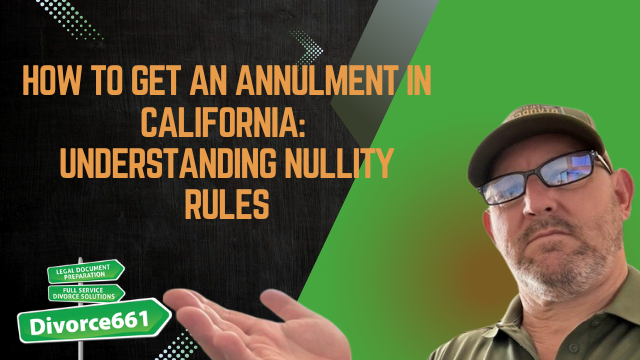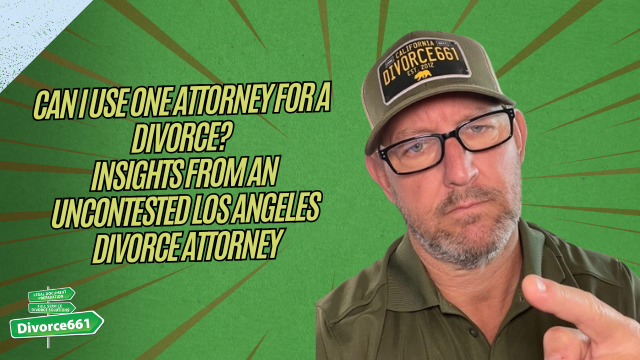Divorce Mediation vs. DIY Divorce in Alameda County
I’m Tim Blankenship from Divorce661. If you’re facing a divorce in Alameda County and want to keep things amicable and affordable, you likely have two low-cost options on your radar: a do-it-yourself (DIY) divorce or divorce mediation. Below I’ll walk you through what each path looks like, the risks and benefits, real-world examples, and how to choose the best route for your situation.
Quick overview: DIY divorce vs. mediation
Both approaches aim to avoid contested litigation, but they work very differently:
- DIY divorce — You complete and file all court forms yourself, draft your own settlement agreement, and navigate Alameda County’s e-filing system without legal help. It’s the least expensive option, but it carries the most risk if forms or terms are incorrect.
- Divorce mediation — A neutral mediator helps both spouses negotiate and reach agreement on property division, support, and parenting. Mediation helps when communication is still possible but you need structure or a third-party to resolve sticking points. Once you have an agreement, paperwork and filing are still required.
When DIY divorce makes sense
DIY can be a good fit when your case is straightforward and you and your spouse agree on the major issues. Typical characteristics of a good DIY candidate:
- Limited assets and simple finances
- No disputes over custody/parenting time or a clear, cooperative parenting plan
- Both parties are comfortable completing legal forms and using the court’s e-filing system
- Willingness to accept responsibility for accuracy and enforceability of the final judgment
Pros of DIY:
- Lowest cost option
- Complete control over the process
- Can be fast if documents are correct the first time
Cons of DIY:
- One small mistake can cause court rejections or delays
- Risk of an incomplete or unenforceable judgment if the agreement or forms are poorly drafted
- Requires familiarity with court rules, deadlines, and Alameda County e-filing procedures
When mediation is the better choice
Mediation shines when communication exists but negotiations are difficult or stalled. It’s especially useful for resolving complex issues like dividing retirement accounts, setting spousal/child support, or creating a parenting plan that works for both parties.
Benefits of mediation:
- A neutral third party guides discussions and helps translate disagreements into workable compromises
- Keeps control in the hands of the spouses rather than a judge
- Often preserves a cooperative post-divorce relationship, especially important with children
- Once an agreement is reached, you still follow a clear path to finalize the divorce
Limitations of mediation:
- Mediator cannot give legal advice or file your court documents for you
- Costs are higher than pure DIY, but typically far less than litigation
- You’ll still need someone to prepare and file the final judgment and related documents
Common pitfalls to avoid in Alameda County
Whether you choose DIY or mediation, the most frequent reasons filings get rejected or stalls happen include:
- Incomplete or incorrect forms
- Missing signatures or improper notarization when required
- Incorrect e-filing procedures or failure to meet local court rules
- Agreements that aren’t drafted in enforceable legal language
These errors cause delays, extra expense, and sometimes a judgment that can’t be enforced later. That’s why many people who start DIY turn to mediation or document-preparation help when they encounter sticking points.
Real client story: DIY to mediation to finalized divorce
We recently worked with a couple in Alameda County who tried to handle everything themselves. They completed much of the paperwork, but got stuck on a few critical terms and couldn’t finalize the judgment. After they reached out, we referred them to a mediator we trust. The mediator helped them resolve the unresolved issues, and once they had a signed agreement, our team prepared and filed all the required documents. The result: a finalized divorce without going to court and without unnecessary legal fees.
How Divorce661 supports both paths
At Divorce661 we support both DIY clients and couples using mediation. Here’s how we help at each stage:
- If you already have an agreement: we prepare the paperwork and handle e-filing across Alameda County for a flat fee—making sure forms are complete and enforceable.
- If you need help reaching agreement: we refer you to experienced mediators and coordinate the transition once a settlement is reached.
- If your filing was rejected or stalled: we troubleshoot, fix the paperwork, and re-file so your case moves forward.
Deciding which route to take: simple checklist
- Are major issues already agreed? If yes, DIY + document prep may be sufficient.
- Are there unresolved financial or parenting issues but communication is possible? Mediation is likely the better choice.
- Is cost the primary concern but you want assurance the judgment will be enforceable? Consider flat-fee document preparation after mediation or before filing.
- Do you want to avoid court entirely and keep the process amicable? Mediation often preserves goodwill better than adversarial proceedings.
Conclusion and next steps
If you’re weighing divorce mediation vs. a DIY divorce in Alameda County, there’s no one-size-fits-all answer. DIY can work for very straightforward cases, but any uncertainty about forms or enforceability is a risk. Mediation provides structure and helps resolve sticking points while keeping costs reasonable.
At Divorce661 we offer flat-fee services, remote filing, and referrals to trusted mediators throughout Alameda County. If you’d like help deciding which path fits your situation, schedule a free consultation and we’ll walk you through your options and what’s required to finalize your divorce correctly and quickly.
“If you’re deciding between mediation and DIY in Alameda County and want to make sure your case is handled correctly from start to finish, we’ll help you figure out the best route—and take care of everything you need to get your divorce finalized quickly, affordably, and without court.”




